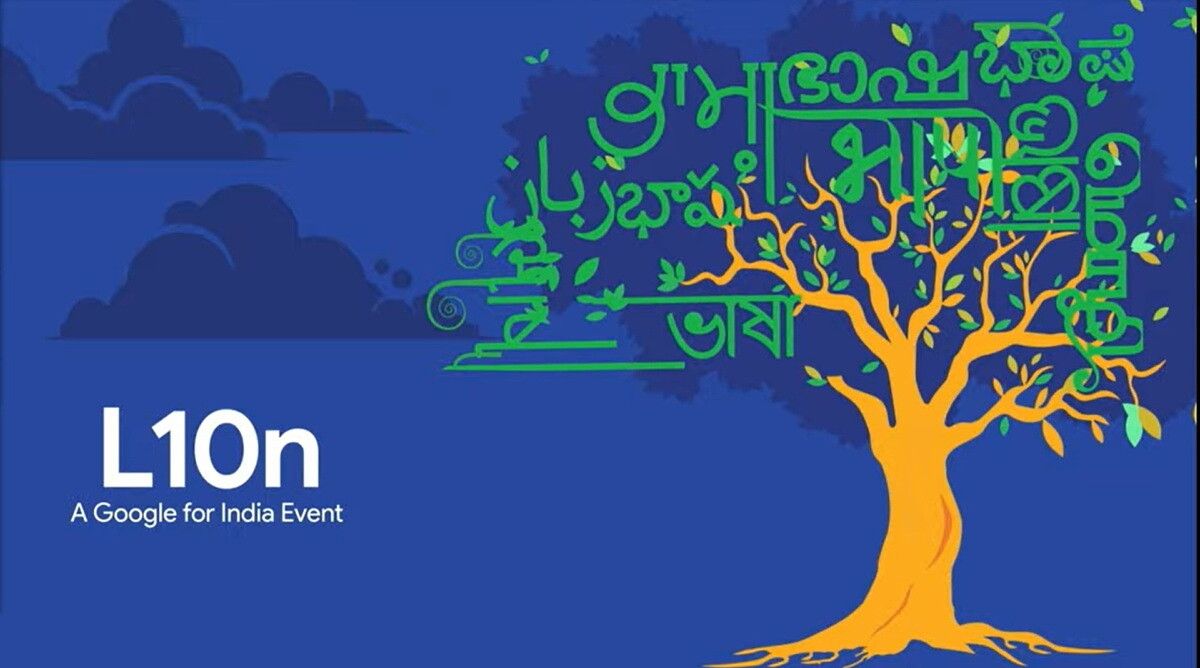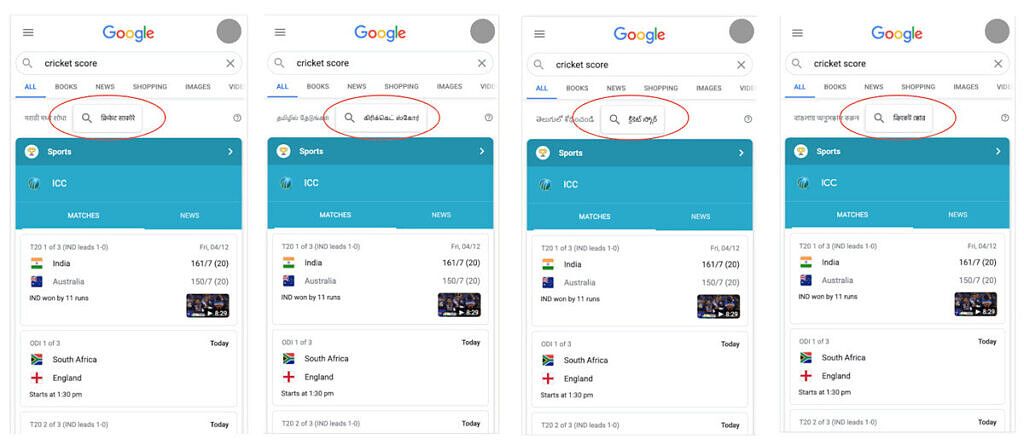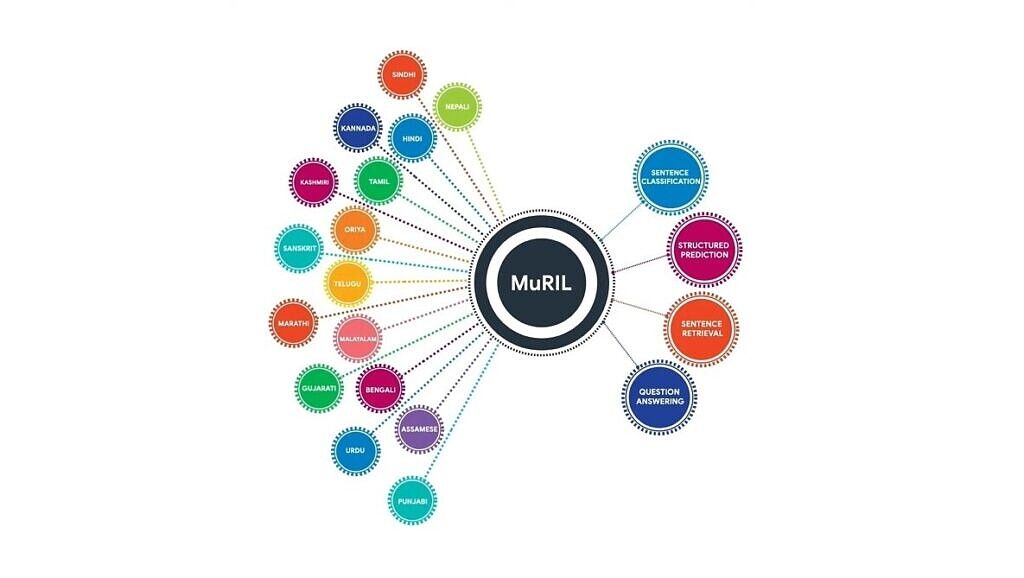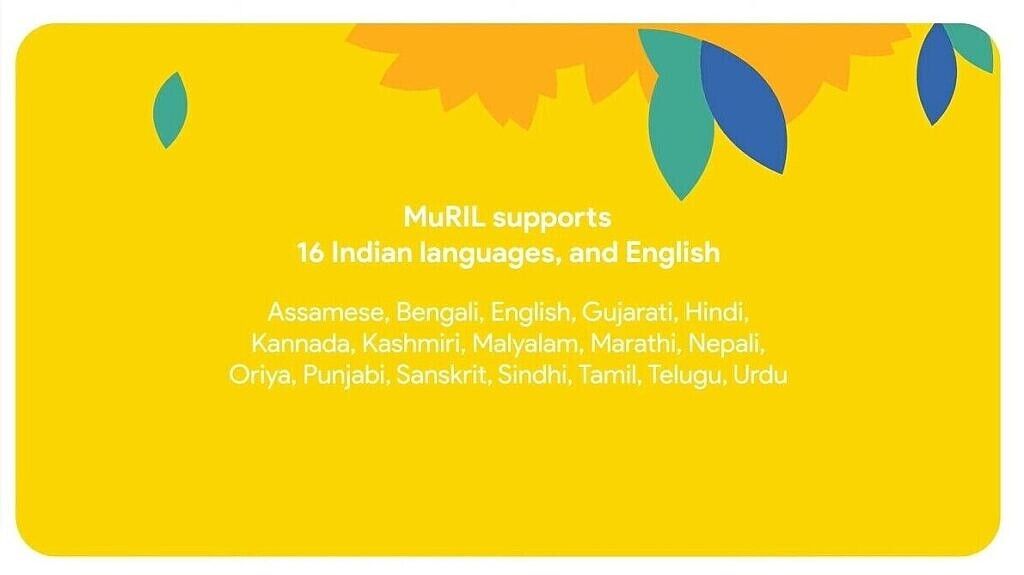India is the land of a hundred languages, a place where the dialect changes every 100kms. In a tech world dominated by English, these local languages and dialects find themselves unable to provide access to meaningful experiences on the Internet. At the Google L10n virtual event today, Google is making it easier for multilingual users in India to have enriching experiences in India with easy language toggles for Google Search, better bilingual result surfacing in Google Search, easy language switch in Google Maps, homework help in Hindi through Google Lens, and a multilingual AI model called MuRIL to make it easier for computers to understand diverse human language.
Background
Before getting to the announcements, here is some background to explain the context to our international audience. A big chunk of India is bilingual and multilingual, with English being the first language of only 0.02% of India's vast population of over 1.2 billion people. Only 10.6% of the total population can speak English. In contrast, 43.63% of the population speak Hindi as their first language, while 57.1% can speak Hindi overall (though this is divided into different sub-dialects). Other languages follow, but in smaller percentages — Bengali, Marathi, and Telugu in 8.9%, 8.2%, and 7.8% respectively. The long and short of it is that focusing technology around English as the only access medium gatekeeps the tech away from a very large number of users who would otherwise find the tech absolutely useful -- and perhaps need it even more than those than already have access to the tech in other ways.
As I noted in my Google Nest Audio review, even something like a smart speaker offers less use in a multilingual setup as it would in an English-speaking household. Commands in mixed languages are not recognized that well (like a primarily English command with some Hindi words), and setting up bilingual languages is still limited to some combinations (Hindi + Urdu, or any two Indic languages are not a valid combination, but Hindi + English is). The situation is better than what it was some short years ago, but there's still a fair way to go for improvements.
And Google knows this, forming the base for today's announcements at the L10n event (a playful abbreviation for Localization, with 10 letters between L and n).
Announcements at Google L10n Event 2020
Easy toggling between English and Indian language results in Google Search
Google has been offering the ability to quickly swap between results in English and Hindi through a chip/tab in Google Search, in Indian states with a significant Hindi-speaking population. This chip bumped up the increase in Hindi queries by 10x in India.
The same is now being expanded to more Indic languages. Google Search will now offer the ability to toggle results between English and Tamil/Telugu/Bangla/Marathi as well.
Better Bilingual result surfacing in Google Search
Users in India, myself included, prefer to type things in English even if the results are expected in a local language. In fact, transliteration Hindi into English has given rise to Hinglish, which is Hindi written with the English alphabet.
Google Search is coming to the rescue for such bilinguals for their Search queries. Over the next month, Search will begin showing relevant content in supported Indian languages when appropriate, even if the query has been transliterated into English, giving rise to bilingual search results across more languages in addition to English as the primary. Supported Indian languages for the secondary are Hindi, Bangla, Marathi, Tamil, and Telugu.

Easy language switch in Google Maps
Google Assistant and Discover have the ability to switch to a different language than the system, allowing users to use these tools in their specific preference. More than 50% of the content in Google Discover is viewed in Indian languages in the country, and a third of Google Assistant users are using it in an Indian language.
The ability to change languages within the app is now being extended to Google Maps. Users can now simply open the app, go to Settings, and tap "App Language" to select from up to nine languages. This will make it easier for users to search for places, get directions, and navigate around in their preferred language for this task.
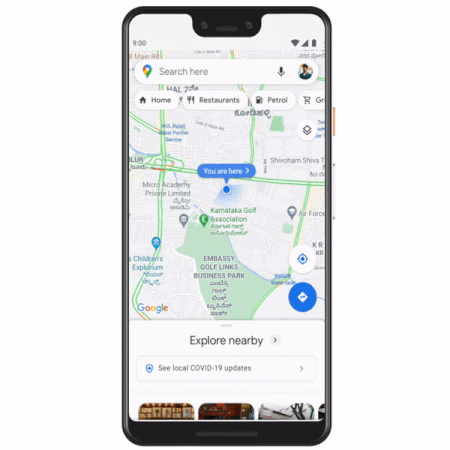
Homework help in Hindi through Google Lens
Google Lens already allows you to solve math problems to help with your kid's homework. You can snap a photo of a math problem, and be shown a step-by-step guide on how to solve it. But this guide has been primarily displayed in English.
Google is now introducing Hindi solutions for homework help in Google Lens.
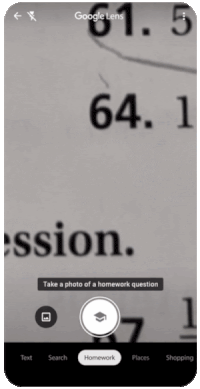
MuRIL -- the multilingual AI model to help computer systems understand Indian languages at scale
A lot of the conversation around AI and machine learning centers around understanding humans and human language. But when languages take a hundred forms, this conversation balloons into a formidable task, more so than it already was. This is where MuRIL comes in.
Short for Multilingual Represtantions for Indian Languages, MuRIL is a multilingual model that scales across languages. Among other benefits, it also provides support for transliterated text such as when writing Hindi using the Roman script. MuRIL is also good at determining the sentiment of transliterated sentences. MuRIL supports 16 Indian languages as well as English, giving it the highest coverage for Indian languages among any other publicly available model of its kind.
MuRIL has been made open-source and is available for download from the TensorFlow Hub for free.
It's great to see companies steer conversations towards wider acceptance of diverse languages. We hope efforts continue on this end for other languages and other regions as well.

